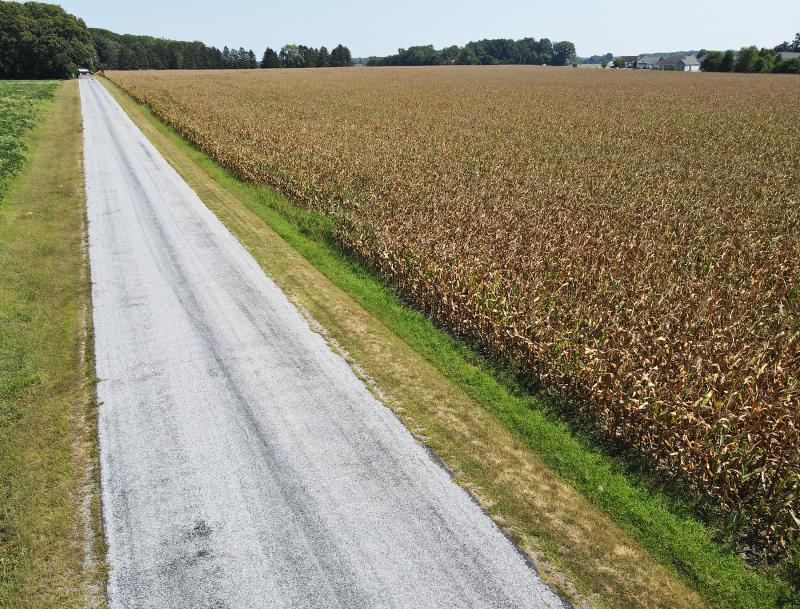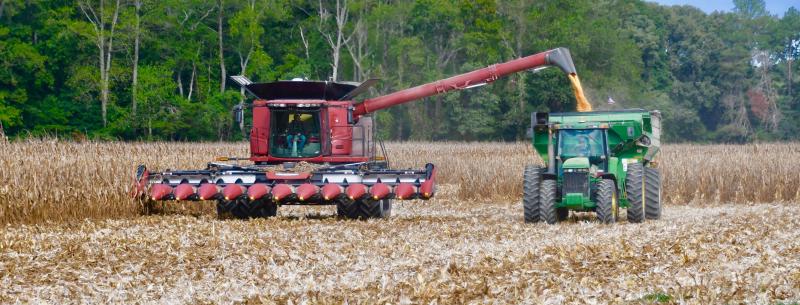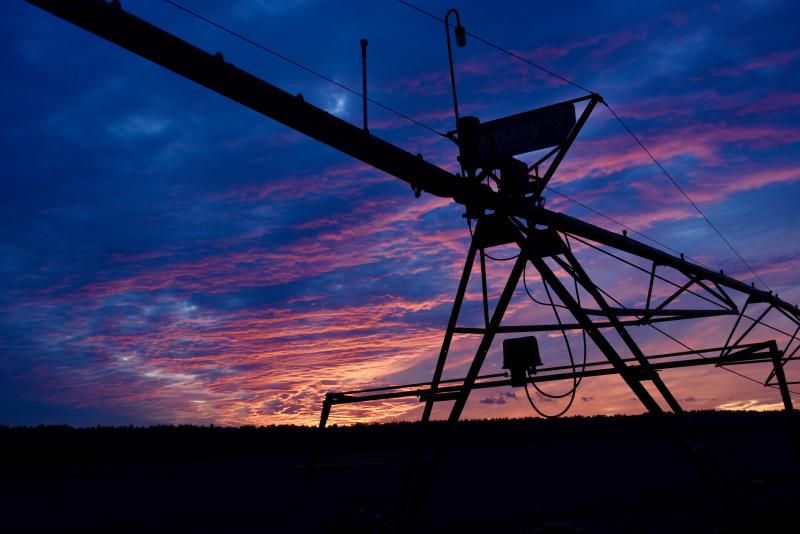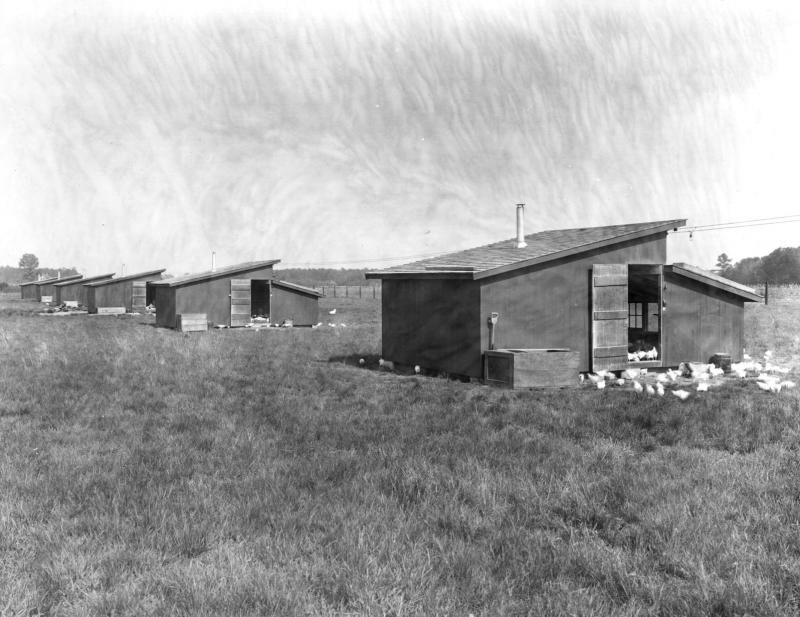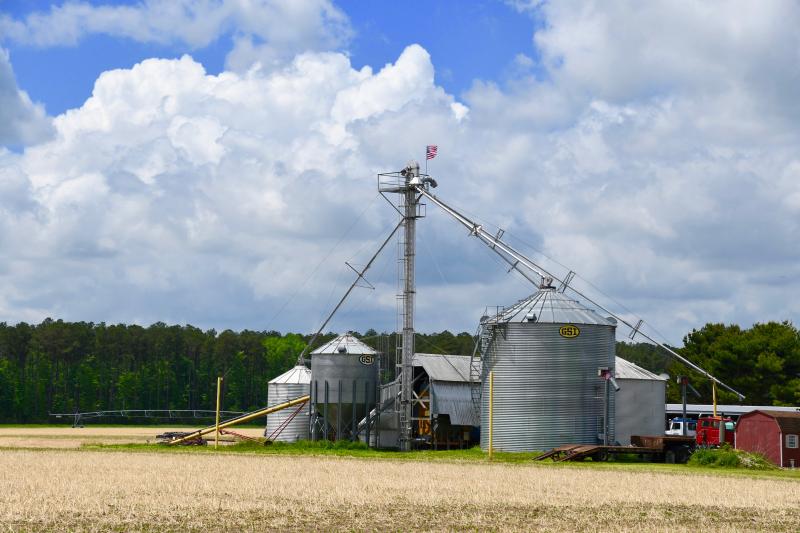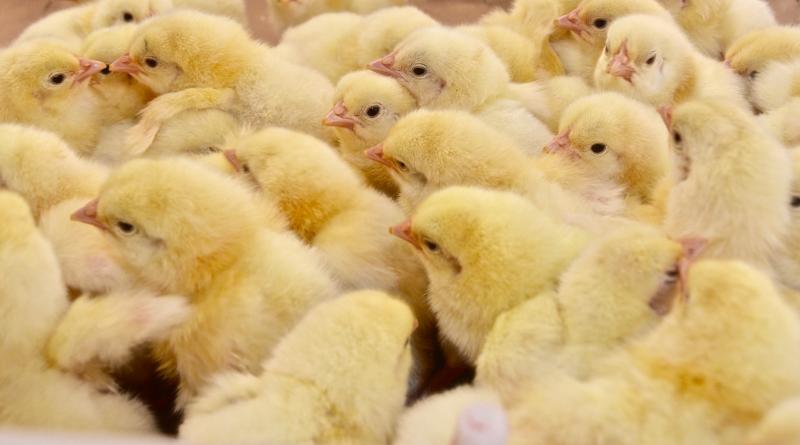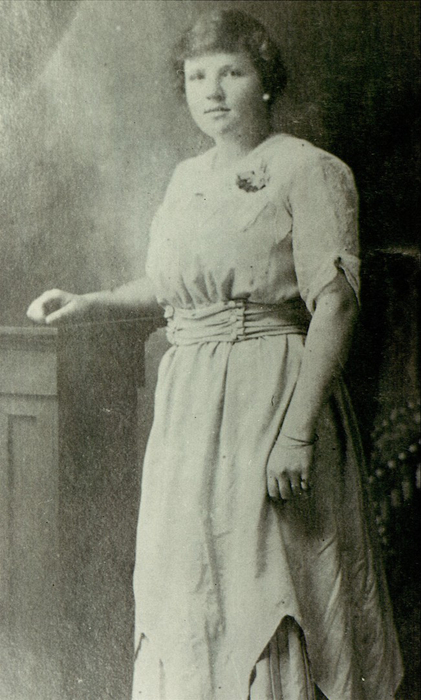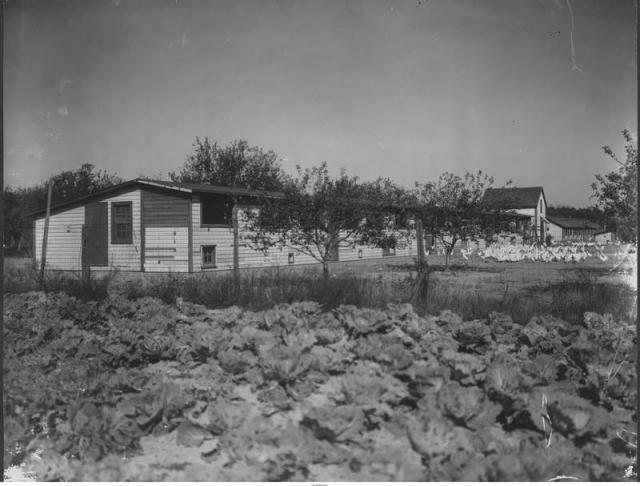Math mistake started poultry industry 100 years ago
In my last column, I described the importance of tourism to Sussex County, as the No. 2 industry of our area. The No. 1 industry is agriculture, which covers a wide variety of farming-related activities.
Agriculture is deeply rooted in the soil of the county, and for decades was the driving economic force that supported families. It still does, but not as many families. Sussex County is the top county in the nation in poultry broiler production and growing lima beans. Yes, you read that right. Can you even think of the location of a lima bean field? Sussex farmers are also among the most productive in the nation.
Chickens change everything
Agriculture has been able to adapt to changing times and markets over the years. And the biggest change occurred when the poultry broiler industry was born 100 years ago in 1923. A math mistake started what is today the multibillion-dollar poultry industry in Sussex County. Each year, Cecile Steele of Ocean View ordered 50 chicks from a Dagsboro hatchery to restock her small laying flock. In 1923, the hatchery mistakenly sent her 500 chicks. Instead of returning the chicks, Steele decided to raise them in a 16-by-16-foot shed, a historic building now at the Delaware Agricultural Museum in Dover. After 18 weeks, with the chicks weighing just over 2 pounds, Steele sold the meat for 62 cents a pound, which would have been $5 a pound in today's money. Today, chickens are grown in less than half that time and gain more than three times that weight. She and her husband, David Wilmer Steele, who later became a state representative, quickly realized they could live off the income from chickens, and before long, they were raising as many as 10,000 chickens a year. Others in the area followed suit; by 1928 there were an amazing 500 growers in Sussex County. On a very sad note, she and her husband were killed in a boating accident in October 1940 when their yacht exploded.
In 2022, Delmarva chicken farmers raised 596 million chickens, produced 4.4 billion pounds of chicken and generated $5 billion in wholesale value – the most productive year ever in the 100-year history of the poultry industry . In 2022, poultry companies purchased 89 million bushels of corn, 39 million bushels of soybeans and 428 million bushels of wheat from Delmarva farmers. In Delaware, there are 657 growers (mostly in Sussex and Kent counties), with 2,413 chicken houses with a capacity of 66.6 million chickens.
Chicken Festival returns
To mark the industry’s centennial, the Delmarva Chicken Association is resurrecting its Chicken Festival, which will take place starting at 1 p.m., Saturday, Oct. 8, at Arthur W. Perdue (how fitting) Stadium on Hobbs Road outside Salisbury, Md. Over the years, I've attended several festivals, including one in Seaford when I was a teenager. The whole town seemed involved in the event, which included a big parade, a day full of events at the high school, and a large midway of rides and games. One the highlights of each festival was the world's largest frying pan. Today, that pan is on display at the Marvel Carriage Museum in Georgetown. Will it be used this year? The first festival took place in 1948 in Georgetown, with the last one in Queen Anne's County, Md., in 2014.
Century Farms with deep roots
There are nearly 150 families who have been honored by the Delaware Century Farm Program for maintaining a farm for a century or more. A large percentage of Sussex farms are family owned and include some families with long roots in the county. And Sussex towns have played major roles in agriculture. Selbyville was ground zero for the start of the poultry industry. Milton became known as the Holly Capital. The Laurel Auction Block was the only market for decades for watermelon growers.
From crops to grains
In the first half of the 1900s, Sussex farmers grew mostly produce. When the railroad and roads came, farmers were able to expand their markets, and farms grew. Flour mills expanded throughout the county in the 1800s and into the early 1900s. That's why the county has so many ponds, which were dammed up to turn grist mills. Farmers grew wheat, corn, barley and oats, which could all be made into flour. Prior to that, tobacco was grown in the county throughout most of the 1700s. Sussex was the peach capital until the 1890s, when a mysterious disease known as peach yellow decimated the 4 million peach trees in the state.
By 1920, there were only 300,000 trees, and farmers switched to strawberries, apples and other fruits. To supplement their incomes, farmers in the Milton area started making holly wreaths in the 1920s and 1930s, and they quickly became the holiday decoration to have in the big cities. The invention of plastic holiday decorations in the 1960s spelled doom for the holly industry. Sussex farmers trucked and railed produce including watermelons, strawberries, tomatoes, peaches and apples to big-city markets.
While those crops are still grown, it's not on the scale it once was. There are only a few peach orchards, which happen to be on the same road outside Dagsboro – Parsons and Bennetts. Although people who live in the growing eastern Sussex area may find this hard to believe, some 45% of land is still in farming, or more than 270,000 acres. The average farm is nearly 200 acres, and 15,000 people are employed in the agricultural industry, according to the Sussex County Economic Development office. Once growing chickens became profitable, many farmers switched or expanded their grain operations, growing corn and soybeans to sell to poultry companies to make feed for chickens. Corn is now by far the No. 1 crop in the county, followed by soybeans, which are both used to make chicken feed. The entire face of agriculture changed in the county.
Farming trivia
Eagle Poultry in Frankford, the first processing plant, opened in 1938. Leading crop – corn; leading fruit crop – watermelons; most valuable commodity – broilers.
Next column: Today’s farmers are getting creative.


